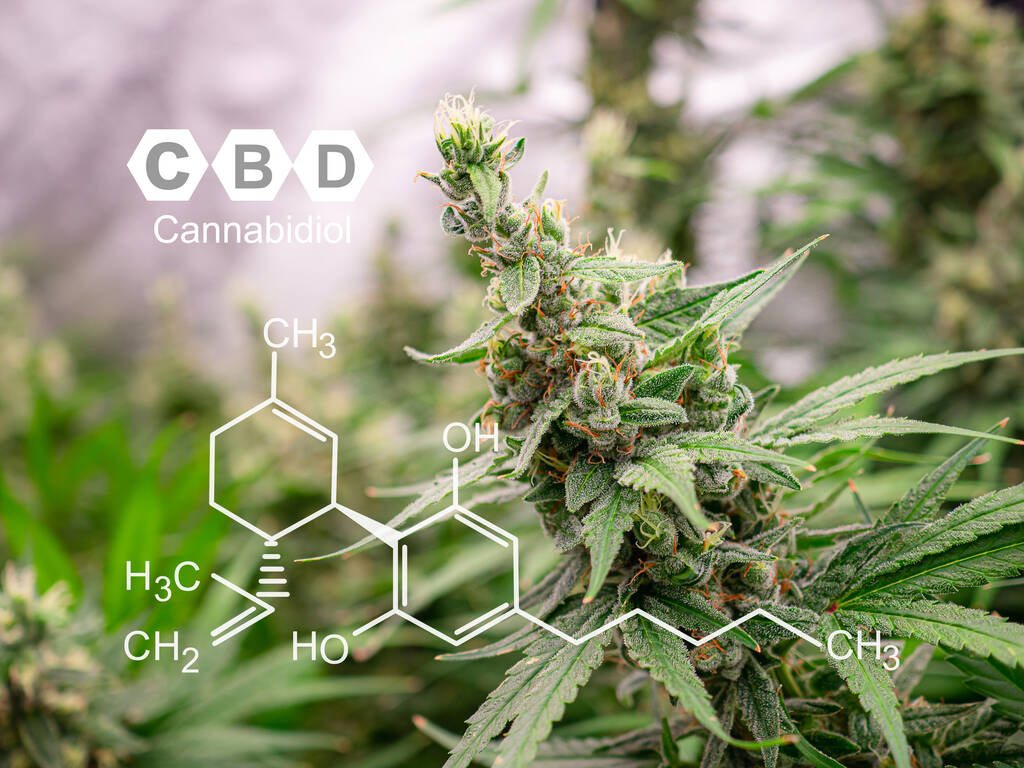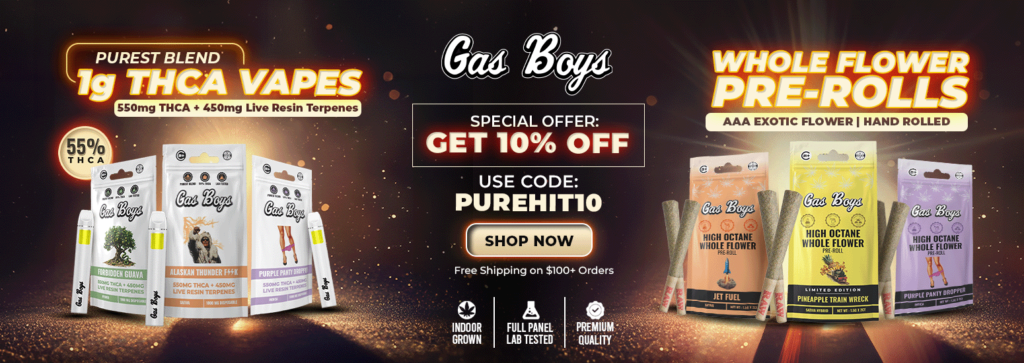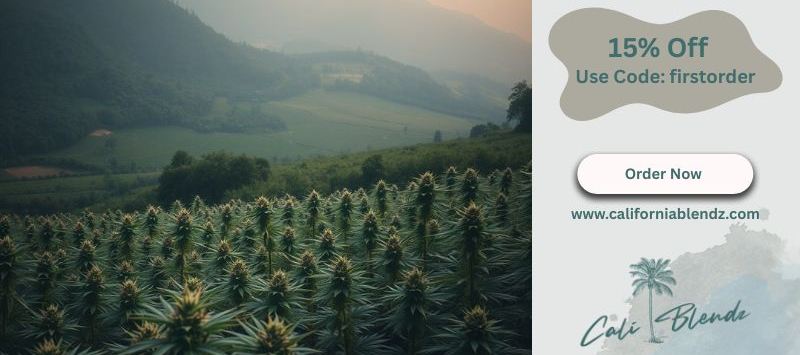A new study published in the journal Industrial Crops and Products has found that indoor lighting strategies have a profound effect on the growth, CBD yield, and energy efficiency of cannabis plants.

Conducted by researchers from the University of South Florida and the Daqing Branch of the Heilongjiang Academy of Sciences, the research identifies an ideal combination of photoperiod and LED light spectrum that maximizes CBD production in the cannabis strain ‘Hanma 11.’
In controlled tests, researchers evaluated four photoperiod settings—12L:12D, 14L:10D, 16L:8D, and 18L:6D—paired with four different LED light ratios. The study found that a 16L:8D light cycle paired with LED A (FR:R:B:G = 8:9:3:12) produced the highest CBD yield per plant, the most efficient use of water and electricity, and the greatest total biomass.
CBD yield increased significantly under this setting, while the THC content remained consistently below 0.3%, maintaining the product’s classification as medical cannabis. In addition to CBD, this light cycle also boosted concentrations of CBG and CBGA, two other important cannabinoids.
The study emphasizes that photoperiod and light quality not only affect cannabinoid content, but also overall plant morphology, secondary metabolite accumulation, and energy consumption. Green (G) and far-red (FR) light were found to be more effective than red (R) and blue (B) light in boosting flower and leaf biomass while keeping energy usage lower.
Researchers suggest that optimized indoor cultivation strategies using specific light ratios tailored to plant genotypes and growth stages could significantly improve yields while minimizing production costs. The study concludes that further molecular research into light-responsive genes may unlock even greater potential for fine-tuning cannabis cultivation in indoor environments.
The full study can be found here. by cliing here







